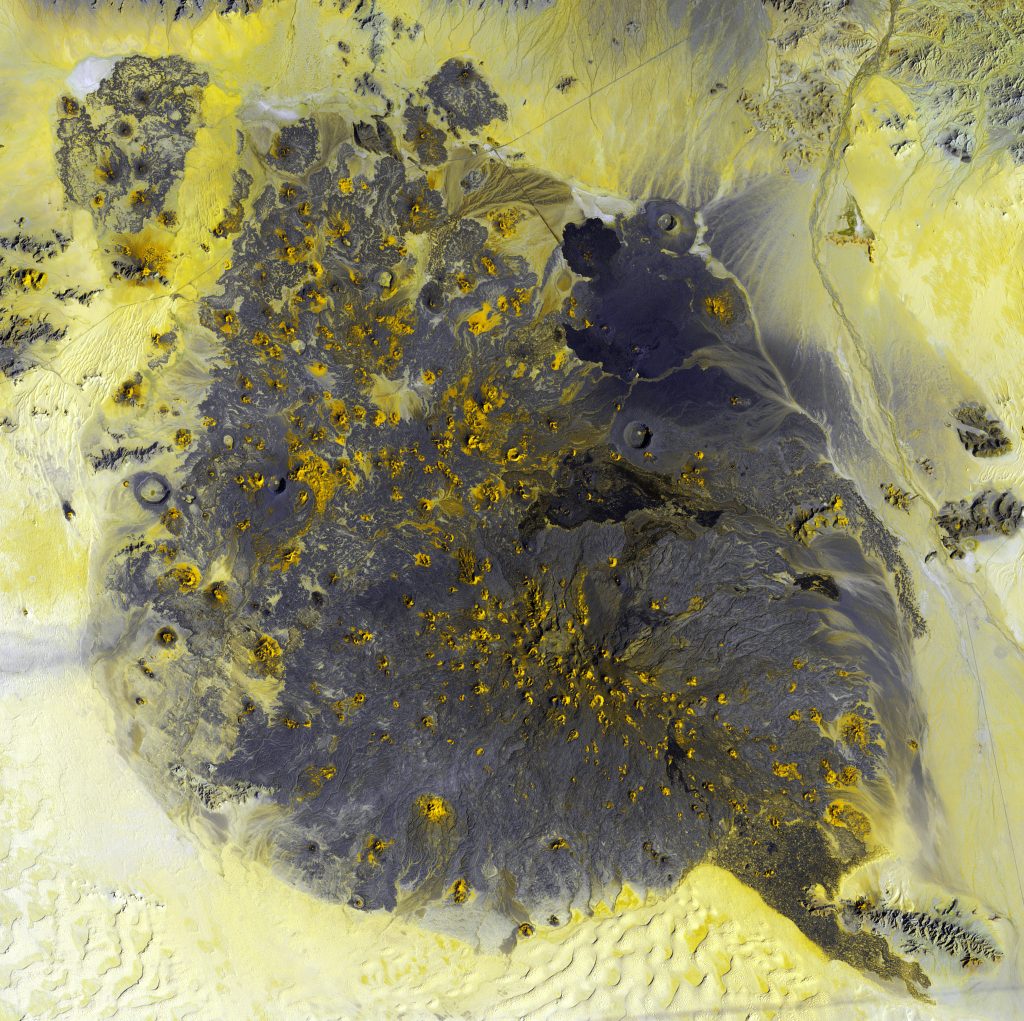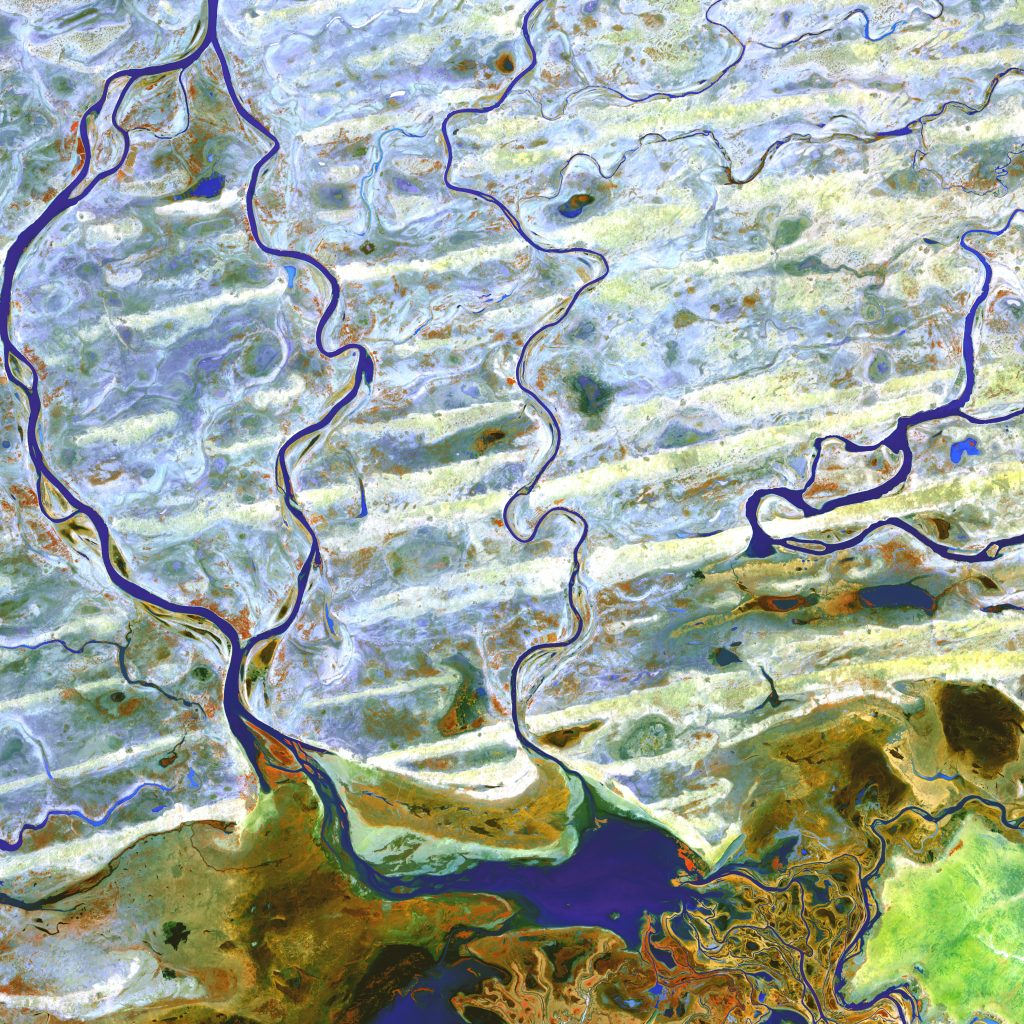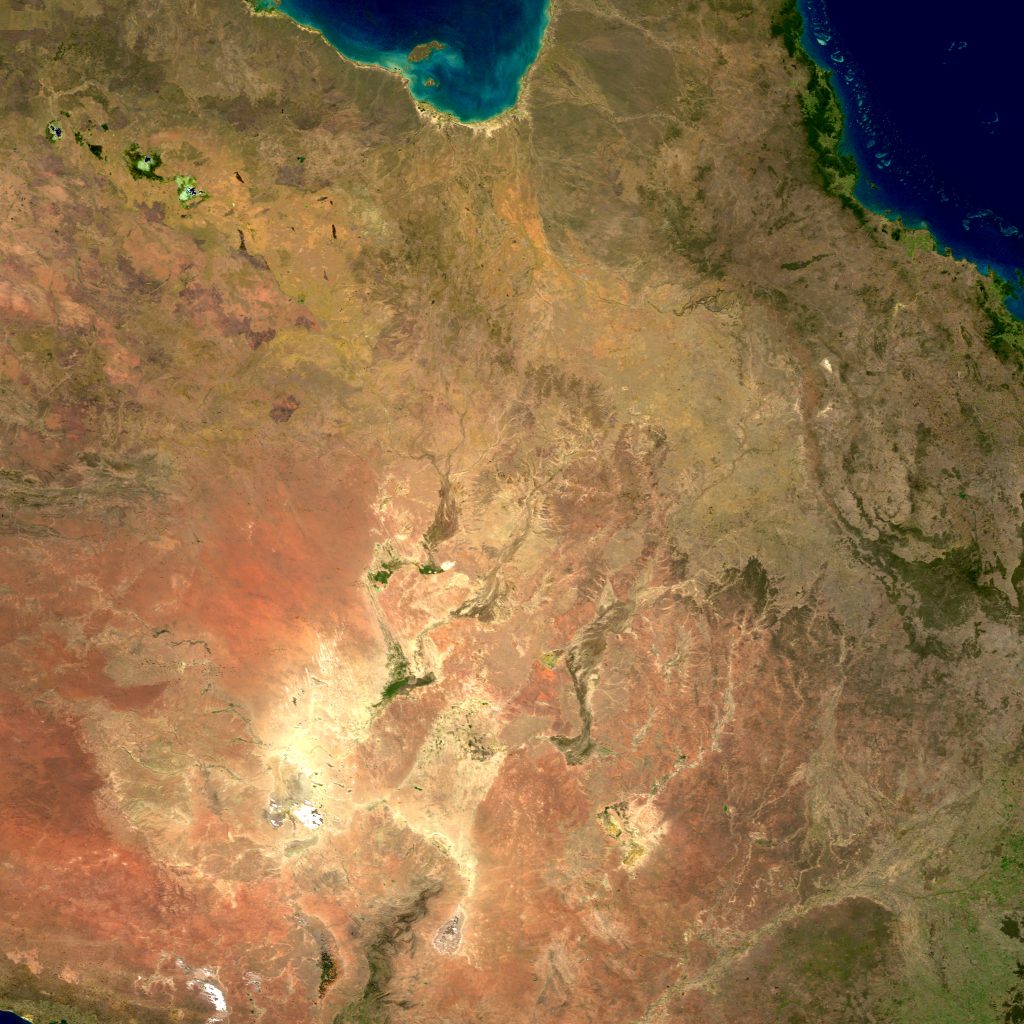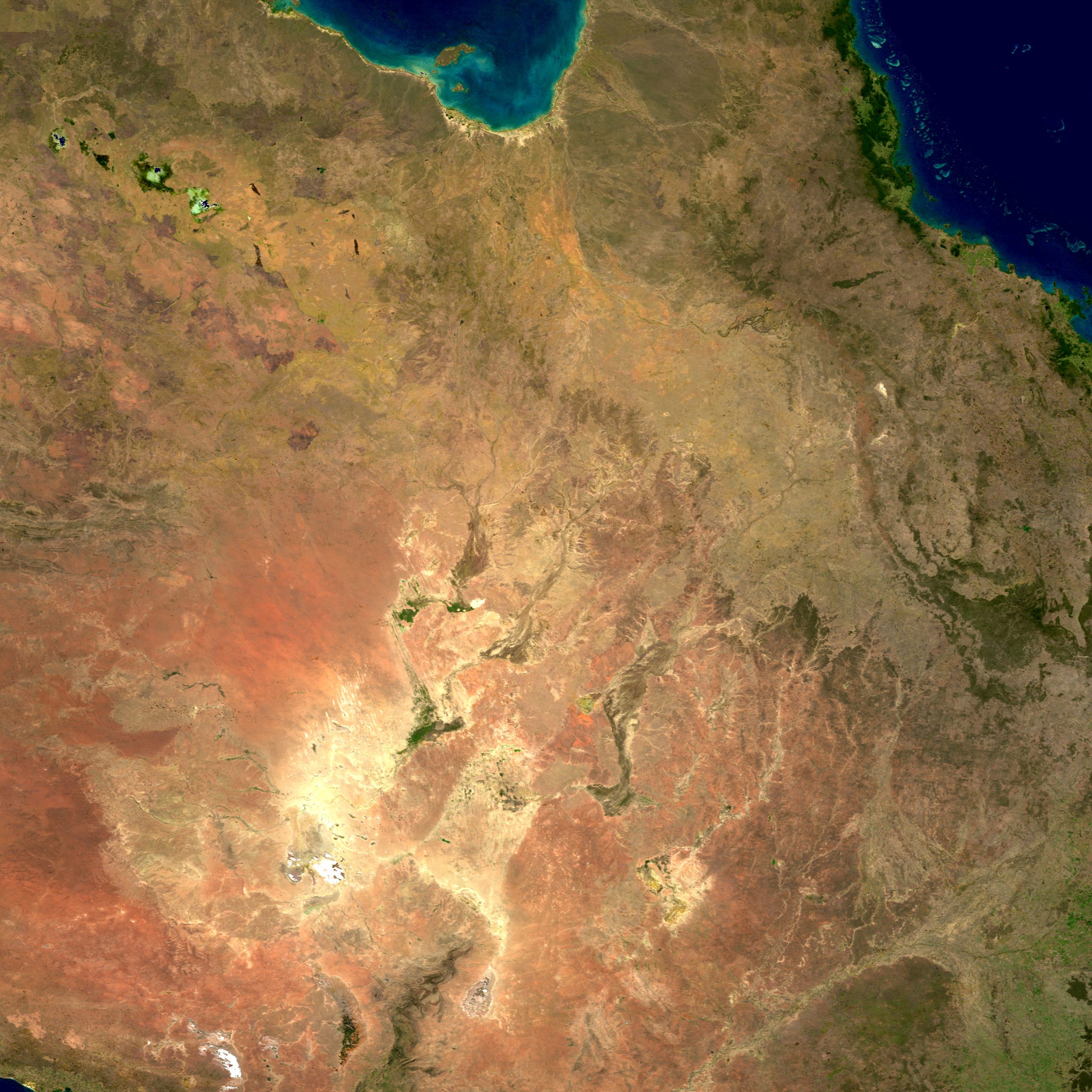Have you ever wondered how you can observe the International Space Station from your own location? Well, it’s actually quite an exciting experience that you can easily have! To observe the International Space Station from your location, all you need is a clear sky and a bit of planning.
To begin, you can find out when the International Space Station will be passing overhead by checking online resources or using smartphone applications specifically designed for this purpose. These resources provide you with information about the dates, times, and duration of the station’s visible passes in your area. Once you have the timing, make sure to choose a location with an unobstructed view of the sky, away from bright city lights if possible. On the scheduled time, keep an eye on the sky in the designated direction and wait for the International Space Station to come into view. When it does, look for a bright, fast-moving light that steadily travels across the sky. It truly is a remarkable sight to behold and ponder about the wonders of space!
So why not take a moment to observe the International Space Station from your location? It’s a fun and easy way to connect with the marvels of space and embrace the vastness of our universe. Happy observing!

Finding out the ISS pass times
Using online trackers
Finding out the pass times of the International Space Station (ISS) has never been easier thanks to online trackers. These trackers provide real-time information on the ISS’s position and can help you determine when it will be visible from your location. Simply enter your location details, and the tracker will provide you with a list of upcoming pass times.
Utilizing mobile apps
If you prefer to have access to ISS pass times on the go, there are several mobile apps available that can provide you with this information. These apps often come with additional features such as notifications for upcoming passes and the ability to track the ISS’s location in real-time. Downloading one of these apps can make it convenient to stay up-to-date with the ISS’s visibility in the sky.
Consulting NASA’s Spot the Station
Another reliable source for obtaining ISS pass times is NASA’s Spot the Station service. By signing up for email or text message notifications, you can receive alerts whenever the ISS is due to pass over your location. This is particularly useful if you want to plan your observation in advance and ensure you don’t miss out on any opportunities to see the ISS.
Subscribing to email notifications
Many websites and online communities dedicated to astronomy provide the option to subscribe to email notifications for ISS pass times. By subscribing to these notifications, you’ll receive regular updates on when the ISS will be visible from your location. This can be a helpful way to stay informed and never miss a chance to observe the ISS in the night sky.
Choosing the appropriate observation time
Consider the station’s visibility
When choosing the appropriate observation time for the ISS, it’s important to consider its visibility. The ISS is usually visible during the pre-dawn and post-sunset periods when the sky is still dark but the station is illuminated by the Sun’s rays. These are the ideal times to spot the ISS, as it will appear as a bright, fast-moving object in the sky.
Evaluate time of day and weather conditions
In addition to considering the station’s visibility, it’s crucial to evaluate the time of day and weather conditions. Choose a time when the sky is clear, as clouds can obstruct your view of the ISS. Similarly, avoid observing when there is heavy rain, snow, or fog, as these weather conditions can make it difficult to see the station.
Check for any upcoming special events
If you’re planning to observe the ISS during a special event, such as a lunar eclipse or a meteor shower, it’s worth checking if the ISS will be visible during that time. These events can enhance your observation experience and provide unique opportunities for stunning photographs. By aligning the ISS pass time with these special events, you can create memorable moments.
Identifying the ISS in the sky
Learning to recognize the ISS
To identify the ISS in the sky, it’s important to familiarize yourself with its appearance. The ISS is visible as a bright, non-twinkling object that moves steadily across the night sky. It can often be mistaken for a star or a plane, but unlike a plane, the ISS does not have flashing lights. Once you can recognize its unique characteristics, spotting the ISS becomes easier.
Knowing its typical brightness
The ISS is one of the brightest objects in the night sky, often outshining the stars. On a clear night, it can be visible to the naked eye even in light-polluted areas. Its brightness is comparable to that of Venus, and it can sometimes be seen even when the Sun is still shining below the horizon. Keep in mind that the brightness of the ISS may vary depending on its orientation and distance from the observer.
Identifying the station’s movement
One of the key factors in identifying the ISS is observing its movement across the sky. Unlike stars that appear stationary, the ISS will move steadily and smoothly, taking approximately six minutes to cross from one horizon to the other. This continuous movement is a telltale sign that you’re observing the International Space Station.
Understanding its trajectory
The trajectory of the ISS can vary depending on your location and the time of year. It typically follows an arc-like path, rising from the western horizon, reaching its highest point in the sky, and descending towards the eastern horizon. Understanding the trajectory will help you anticipate when and where to look for the ISS and make the most of your observation.
Preparing for an ISS observation
Find a suitable observation spot
To ensure a successful observation, it’s essential to find a suitable observation spot. Look for a location away from bright city lights and tall buildings that could obstruct your view of the horizon. If possible, find a spot with an unobstructed view of the sky in all directions to maximize your chances of spotting the ISS.
Gather necessary equipment
While observing the ISS doesn’t require any specialized equipment, having a pair of binoculars can enhance your observation experience. Binoculars can help you spot the ISS more easily, especially during dusk or dawn when its visibility might be compromised. Additionally, having a comfortable chair or a blanket can make your observation more enjoyable.
Check for local light pollution
Light pollution can significantly affect your ability to spot the ISS. Before your observation, check for local light pollution maps that can guide you to areas with darker skies. Finding a location with minimal light pollution will ensure a clearer view of the night sky and make it easier to spot the bright ISS as it passes overhead.
Ensure a clear view of the horizon
Having a clear view of the horizon is crucial when observing the ISS. Since the station moves across the sky, you’ll want an uninterrupted view of the entire path it will take. Avoid observing from places that have trees, hills, or tall structures blocking your view of the horizon. A clear view will allow you to track the ISS effectively from the moment it appears until it disappears from sight.

Spotting the ISS during nighttime
Finding the optimal viewing window
To spot the ISS during nighttime, it’s important to find the optimal viewing window. This is the period when the sky is dark enough for the ISS to be visible but before it becomes too low on the horizon. The optimal viewing window usually occurs within a few hours after sunset or before sunrise, depending on your location and time of year.
Using star constellations as reference points
Navigating the night sky can be made easier by using star constellations as reference points to locate the ISS. Before your observation, familiarize yourself with the prominent constellations visible in your location. By identifying these constellations, you can estimate the general direction in which the ISS will appear and keep track of its movement.
Tracking the ISS’s path across the sky
As the ISS moves across the sky, keep track of its path to ensure you don’t lose sight of it. Follow its trajectory from the moment it appears on the horizon until it disappears from view. By observing its path, you can gain a better understanding of the station’s movement and appreciate its speed as it travels at approximately 17,500 miles per hour.
Looking for its distinctive appearance
When observing the ISS during nighttime, be on the lookout for its distinctive appearance. Unlike stars, the ISS does not twinkle, and its bright light remains constant throughout its pass. It might appear as a slow-moving, steady orb of light, sometimes with a slight yellow or orange hue reflecting the Sun’s rays. Keep an eye out for this unique appearance to confirm that you’re watching the International Space Station.
Observing the ISS during daylight
Choose a time with good illumination conditions
Observing the ISS during daylight requires selecting a time with good illumination conditions. Find a day when the sky is clear and the Sun is high enough above the horizon to illuminate the ISS’s solar panels. Attempting to spot the ISS during daylight will test your observation skills, but when successful, it can provide a fascinating view of the station against the backdrop of the blue sky.
Distinguish the station from other objects in the sky
To distinguish the ISS from other objects in the daytime sky, pay attention to its movement and brightness. Look for a bright object moving steadily across the sky, without any flashing lights like those observed on airplanes. The station’s distinct trajectory and lack of twinkling will help you differentiate it from other objects.
Utilize the Sun’s position as a reference
The Sun’s position can serve as a helpful reference point when attempting to spot the ISS during daylight. By estimating the angle between the Sun and the ISS’s trajectory, you can predict where the station will be in the sky. Look away from the Sun, keeping the estimated angle in mind, and be patient as you scan the sky for the ISS.
Spotting the ISS’s solar panels
One of the unique features of the ISS is its large solar panels that provide power to the station. Attempting to spot these solar panels during daylight can be a rewarding challenge. Look for the reflection of sunlight on the station’s surface, particularly on its large wingspan. The glint of sunlight bouncing off the solar panels can help you confirm that you’re observing the ISS.

Photographing the International Space Station
Using a camera with manual settings
To photograph the International Space Station, it’s recommended to use a camera with manual settings. Manual mode allows you to have more control over the exposure, focus, and other parameters, enabling you to capture the ISS with greater clarity. By adjusting the settings based on the lighting conditions and the estimated brightness of the ISS, you can increase your chances of capturing stunning photographs.
Setting the appropriate exposure
When photographing the ISS, setting the appropriate exposure is crucial to capture its bright light against the dark sky. Start by selecting a relatively fast shutter speed, such as 1/1000th of a second, to freeze the motion of the fast-moving station. Adjust the aperture and ISO accordingly to achieve a well-exposed image without overexposing the bright areas.
Stabilizing the camera for long exposures
For longer exposures to capture the ISS’s movement across the sky, it’s important to stabilize your camera. Use a tripod or any stable surface to ensure that your camera remains steady throughout the exposure. This will help prevent blurriness caused by camera shake and allow you to capture clear, sharp images of the ISS as it traverses the sky.
Experimenting with different lenses
Experimenting with different lenses can offer unique perspectives when photographing the ISS. A wide-angle lens can capture the scale of the station against the night sky, while a telephoto lens can bring you closer to the details of the ISS, such as its solar panels or docking ports. By trying out different lenses, you can create diverse and captivating photographs of the International Space Station.
Interacting with the ISS crew
Participating in amateur radio contacts
Amateur radio contacts with the ISS provide a unique opportunity to directly communicate with the crew on board the station. Organizations like the Amateur Radio on the International Space Station (ARISS) coordinate scheduled contacts between schools, educational institutions, and the ISS. Participating in these contacts allows individuals to ask questions and learn firsthand about life in space.
Sending messages to the astronauts
If you wish to send a message to the astronauts on board the ISS, you can do so through various platforms. Some space agencies and organizations offer portals where you can send messages that will be transmitted to the ISS for the crew to read. Sharing your thoughts, well wishes, or questions can be an exciting way to connect with the astronauts and show your support for their mission.
Engaging with social media platforms
Social media platforms provide a means to engage with the ISS crew and stay updated on the latest developments. Many astronauts maintain active social media accounts, sharing their experiences, photographs, and insights from space. By following these accounts and interacting with their posts, you can be part of the broader community that supports and celebrates the achievements of the ISS crew.
Attending virtual conferences
Virtual conferences and events offer opportunities to engage with astronauts, scientists, and experts in the field of space exploration. These conferences often include panel discussions, presentations, and Q&A sessions where attendees can interact with the speakers. Attending virtual conferences allows you to learn from the ISS crew and gain a deeper understanding of the remarkable work happening on board the station.
Upcoming opportunities for public engagement
Learning about the ISS’s schedule
To stay informed about upcoming opportunities for public engagement with the ISS, it’s important to keep track of its schedule. Check the websites of space agencies, astronomy organizations, and science museums for information on events, educational programs, and outreach initiatives involving the ISS. By regularly checking these sources, you can ensure you don’t miss out on exciting opportunities to engage with the station.
Joining educational programs
Educational programs focused on space exploration often provide unique opportunities to learn about the ISS and engage with the crew. Schools, universities, and astronomy clubs may organize workshops, lectures, or competitions related to the ISS and space science. Consider joining these programs to deepen your knowledge, interact with experts in the field, and connect with others who share a passion for space exploration.
Discovering outreach initiatives
Various outreach initiatives aim to bring the wonders of the ISS to a broader audience. Explore websites and social media platforms dedicated to space science and astronomy to discover outreach programs that host public talks, stargazing events, or online resources related to the ISS. Engaging with these initiatives can provide valuable insights and foster a sense of community among space enthusiasts.
Attending public events
Public events centered around the ISS offer an opportunity to witness and celebrate the human achievements in space exploration. Science centers, planetariums, and observatories often organize public events, exhibitions, or screenings related to the ISS. Attending these events allows you to immerse yourself in the wonders of space and share the excitement with fellow enthusiasts.
Sharing your ISS observations
Joining online astronomer communities
Joining online astronomer communities provides a platform to share your ISS observations and connect with like-minded individuals. Websites, forums, and social media groups dedicated to astronomy often allow users to post their observations, photographs, and experiences. By joining these communities, you can share your own observations and learn from others who are equally passionate about space.
Submitting reports to tracking websites
Tracking websites and organizations rely on user reports to improve the accuracy of their ISS pass predictions. If you regularly observe the ISS, consider submitting your reports to these websites. Your observations can help refine the data used to calculate pass times and further enhance the experience for other observers around the world.
Contributing to citizen science projects
Citizen science projects provide an opportunity to contribute to scientific research by sharing your ISS observations. These projects often collect data from a large number of observers to study various aspects of space science. By participating in citizen science initiatives related to the ISS, you can actively contribute to our understanding of Earth’s orbit and the impact of space exploration on our planet.
Sharing your photographs and experiences
Sharing your photographs and experiences of observing the ISS can inspire others and foster a love for space exploration. Post your images on social media platforms, photography communities, or dedicated space-related websites. By sharing your vision of the ISS and the magic of observing it in the night sky, you can engage with a broader audience and contribute to spreading the fascination of space.











